you will also find that after fermentation finishes in 20 days or so, the pH will take a bit of a dip. Did you burn the oyster shells before adding them to the vinegar so you could turn part of it into phosphorus?
Hi!
I apologize for bumping an old thread but I have a batch fermenting and had some questions about... well... some questions. Lol.
I am a vegan so I had to ask friends for egg shells. I figure using the shells of eggs that have already been eaten and would be trashed normally falls within my vegan moral set.
I started my first batch with the shells from only 20 eggs. All eggs here in Italy are brown and not also washed. So I let them steep in very hot water but not boiling to remove dirt and membranes. I then ran the shells through a nut mill and toasted them up in a pan on the stove.... pheweeee what a stink. No worries about the neighbors smelling my girls after that Smokey sulfur stink bomb . So toasting them as much as I could without totally charring them turned them a bit darker than the ones in your batch as they were brown eggs to begin with. I substituted the food processor for the nut mill this time and no matter how long I ran it... what setting, or what manner... short burts, etc... I could only get about 50% down to true powder and the rest was very very very finely ground egg shell.
I only had a little bit of regular (wine) vinegar in the house but I had half a bottle of a decent chianti my father had left behind after visiting before Christmas... I don't drink... so corked after 4 months it was turning but... I wouldn't say fully turnt... lol... turnt.... but it did have enough kick to fizzle up especially with the little bit of real red wine vinegar I had. Still, if it wasn't full on vinegar then, I figured in an open jar the wine would turn quickly while also breaking down the shells quickly and boy was I right.
So.... the chianti based cal mag. It has been sitting about two weeks and has more levels of sediment. 4.... when I saw yours turned to three. Did I screw up using the wine turned vinegar as it is too strong and usually diluted before you get your normal salad dressing wine vinaigrette
.
It's definitely not chianti anymore... that's for sure. I give a good stir at least twice a day. Those photos were taken post morning stir so the top level is actually even paler than that when it sits for 12+ hours.
I just don't understand the chemistry behind all this at all so I want to make sure I'm not going to kill my plants because I made a substitution. I also cant find molasses for the life of me anywhere here in Bella Italia. The only time I ever even see it is in some feed for horses.
Is there another sugar I could use. I can find pure maple syrup ... lol I don't know if that's even close.
I am using the BioBizz line of bottled organic and vegan nutrients as well as their soil which is also wonderfully vegan.
After a suggestion from another member I have been collecting snail shells that their original owner has left behind in addition to more fragile sea shells (I live at the beach), and of course the eggs shells from friends... I have more of the turned chianti which I would like to use... it's just super concentrated vinegar by now... so I could start a new batch but I just want to know if my first batch looks alright or did my substitution ruin it.
Any help would be greatly appreciated. For those who actually paid attention in chemistry...
XxKitty






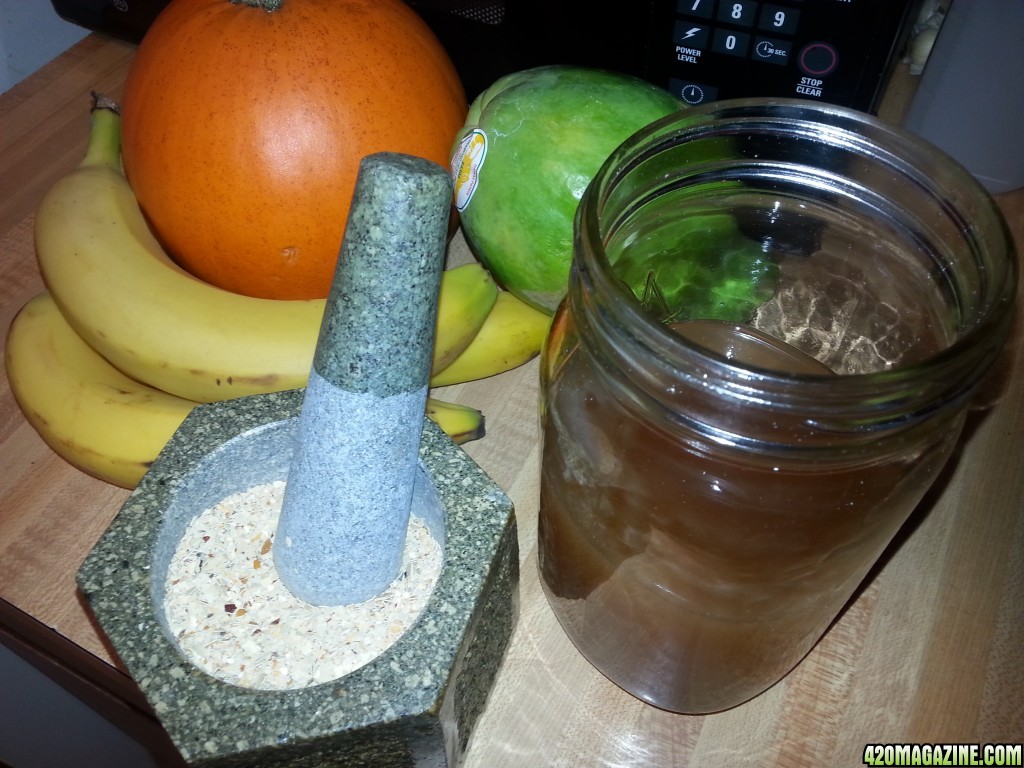

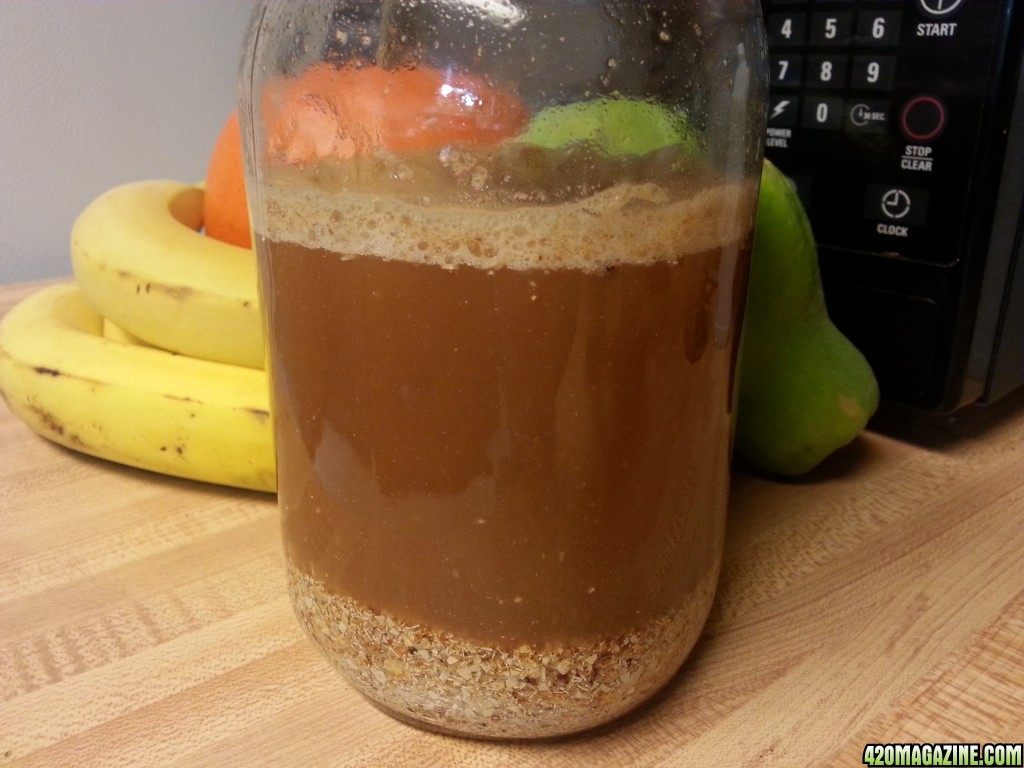

 Good topic here.
Good topic here.

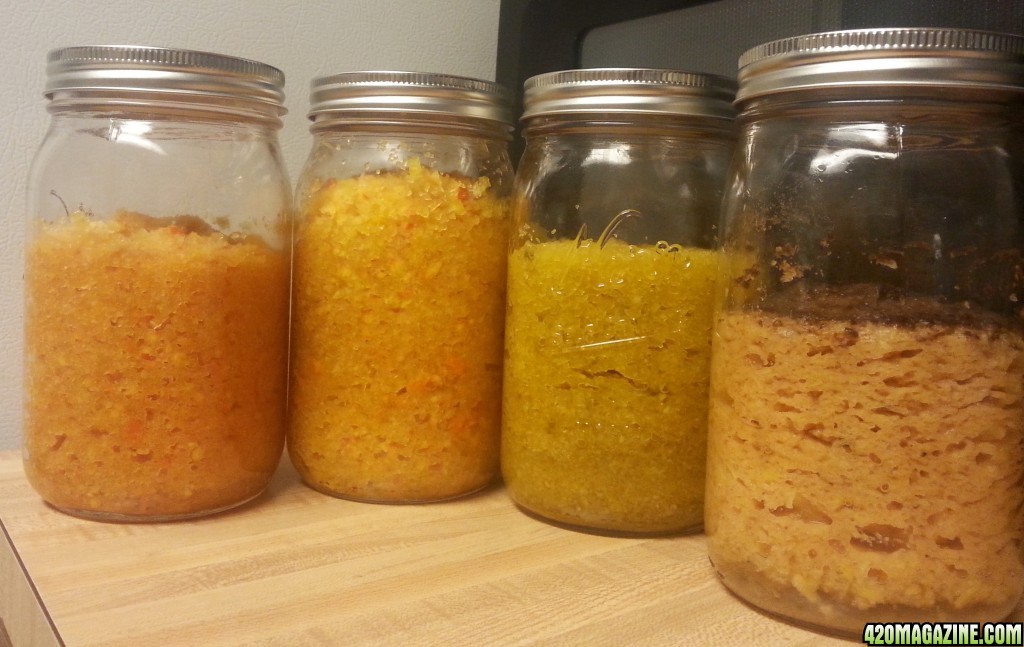

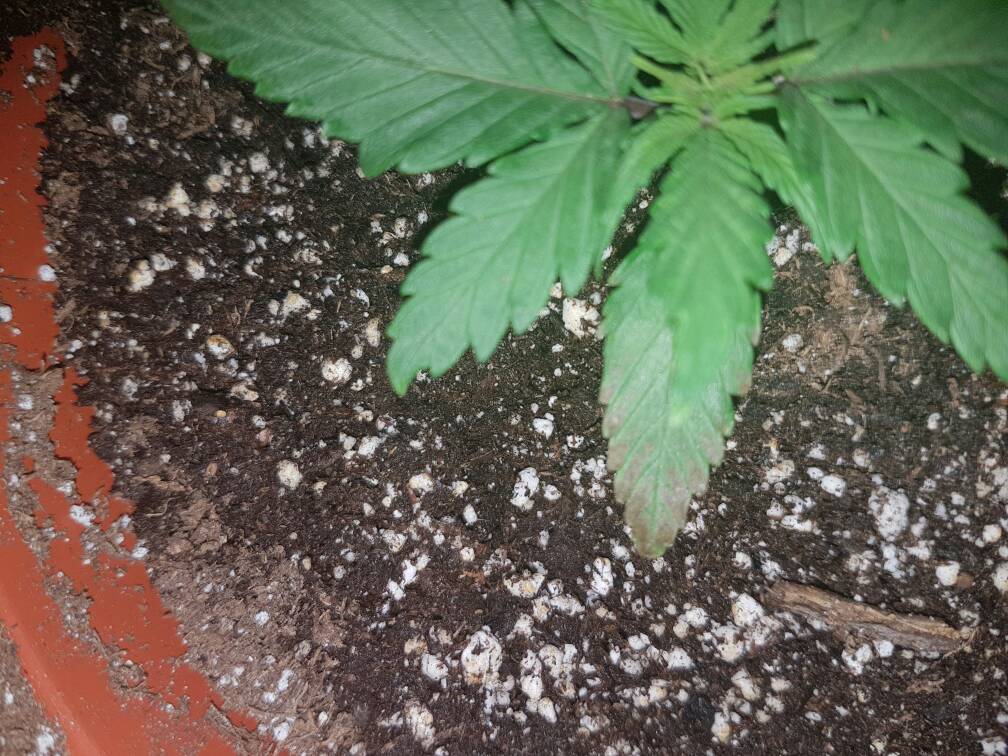

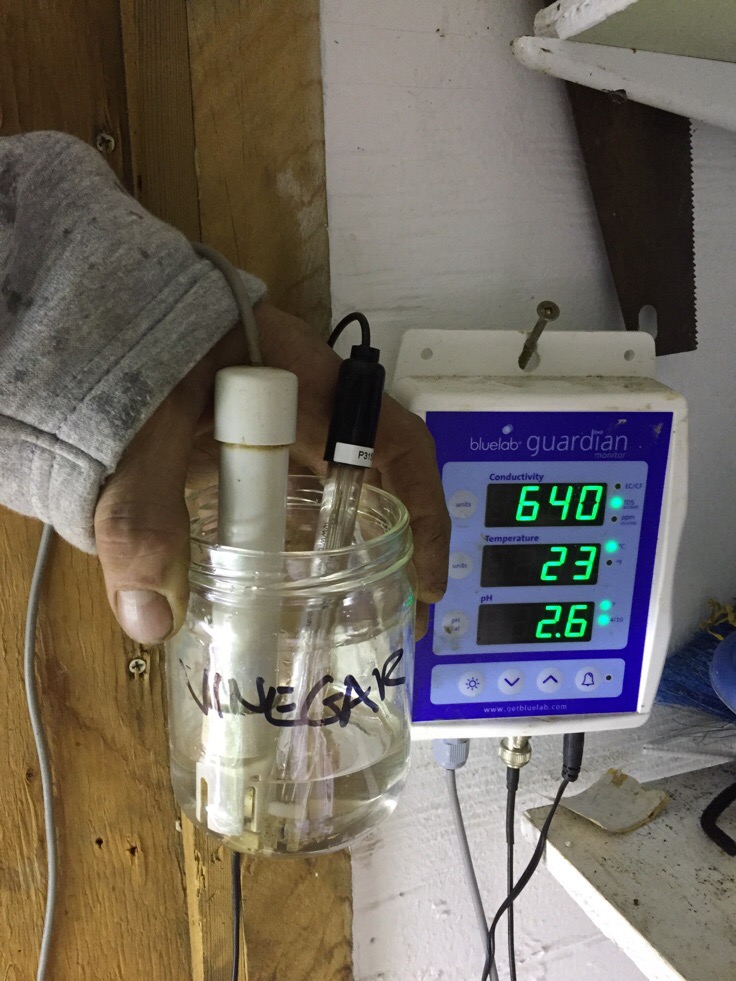
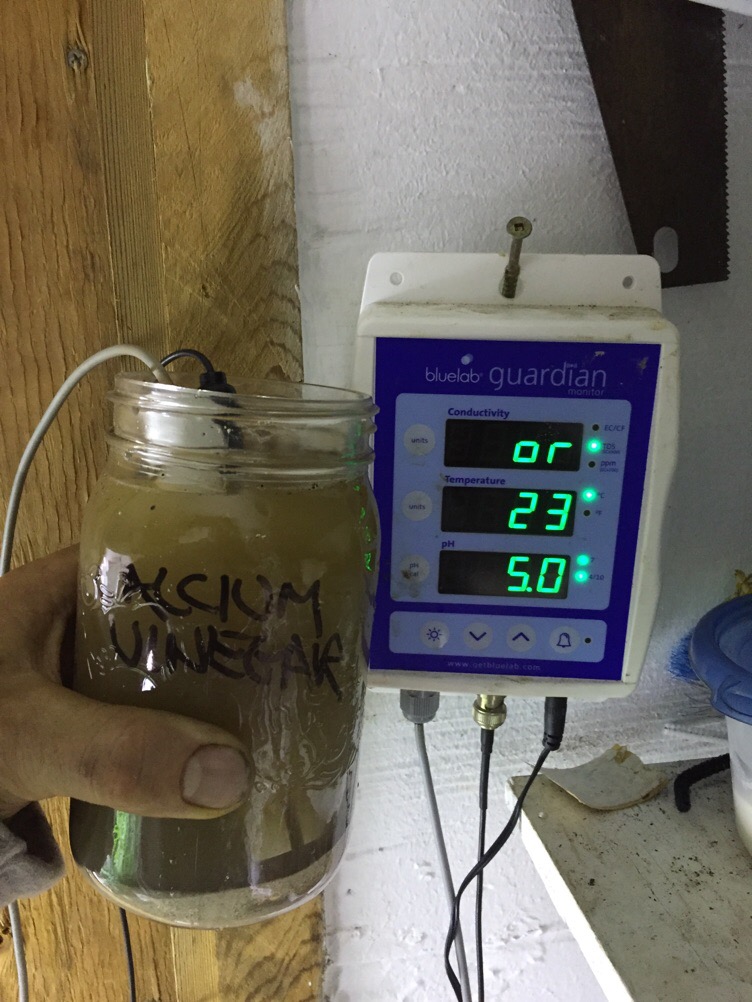
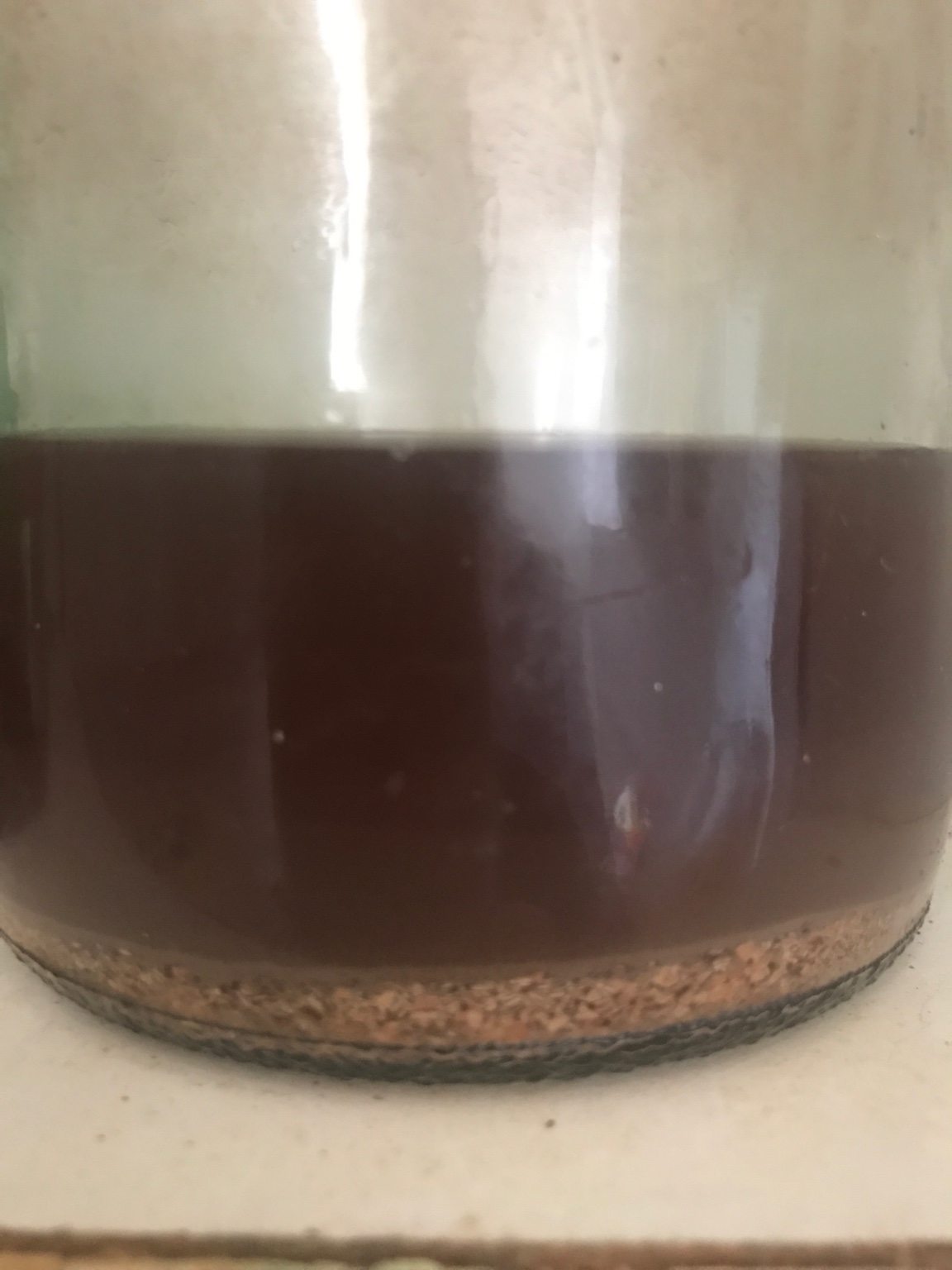
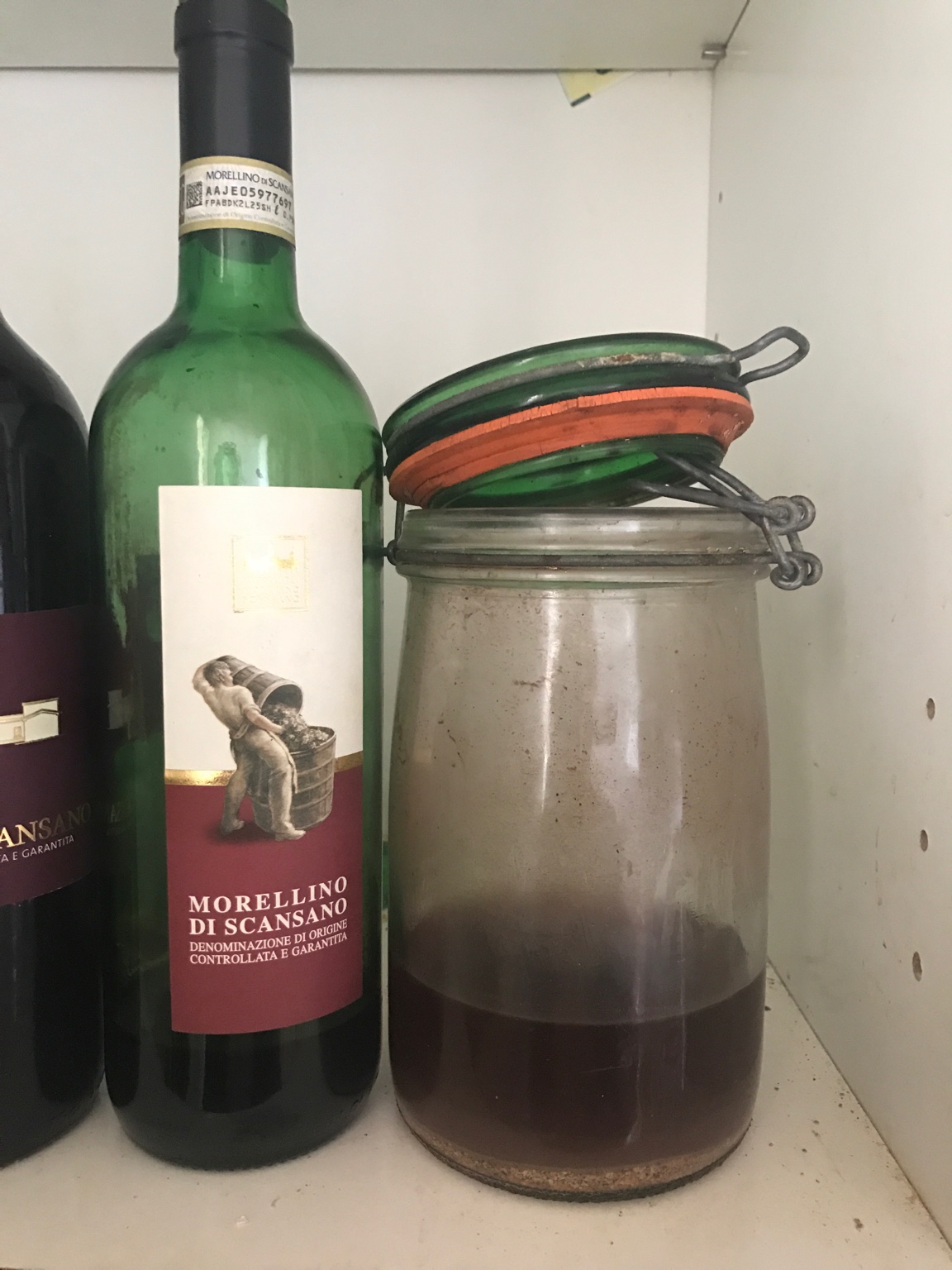
 No maple syrup for sugar unfortunately. I forget what they are called at the moment but it contains anti-fungal and anti-microbial compounds. Most ferments actually prefer processed cane sugar. My absolute favorite is Date sugar. If you can't find that then just chop some pitted Dates and throw them in.
No maple syrup for sugar unfortunately. I forget what they are called at the moment but it contains anti-fungal and anti-microbial compounds. Most ferments actually prefer processed cane sugar. My absolute favorite is Date sugar. If you can't find that then just chop some pitted Dates and throw them in.